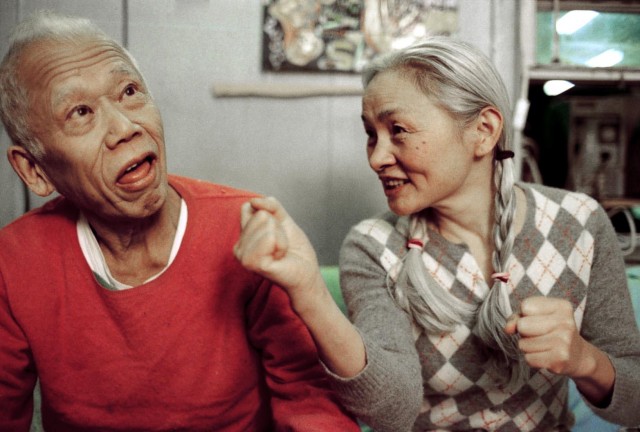
Documentary tells the engaging story of a pair of Japanese artists and the life they have made for themselves in Brooklyn
CUTIE AND THE BOXER (Zachary Heinzerling, 2013)
MoMA Film, Museum of Modern Art
11 West 53rd St. between Fifth & Sixth Aves.
Tuesday, November 26, 8:00
Series continues through January 16
Tickets: $12, in person only, may be applied to museum admission within thirty days, same-day screenings free with museum admission, available at Film and Media Desk beginning at 9:30 am
212-708-9400
www.moma.org
www.facebook.com/cutieandtheboxer
 Zachary Heinzerling’s Cutie and the Boxer is a beautifully told story of love and art and the many sacrifices one must make to try to succeed in both. In 1969, controversial Japanese Neo Dada action painter and sculptor Ushio Shinohara came to New York City, looking to expand his career. According to the catalog for the recent MoMA show “Tokyo 1955-1970: A New Avant-Garde,” which featured four works by Ushio, “American art had seemed to him to be ‘marching toward the glorious prairie of the rainbow and oasis of the future, carrying all the world’s expectations of modern painting.’” Four years later, he met nineteen-year-old Noriko, who had left Japan to become an artist in New York as well. The two fell in love and have been together ever since, immersed in a fascinating relationship that Heinzerling explores over a five-year period in his splendid feature-length theatrical debut. Ushio and Noriko live in a cramped apartment and studio in DUMBO, where he puts on boxing gloves, dips them in paint, and pounds away at large, rectangular canvases and builds oversized motorcycle sculptures out of found materials. Meanwhile, Noriko, who has spent most of the last forty years taking care of her often childlike husband and staying with him through some rowdy times and battles with the bottle, is finally creating her own work, an R. Crumb-like series of drawings detailing the life of her alter ego, Cutie, and her often cruel husband, Bullie. (“Ushi” means “bull” in Japanese.) While Ushio is more forthcoming verbally in the film, mugging for the camera and speaking his mind, the pig-tailed Noriko is far more tentative, so director and cinematographer Heinzerling brings her tale to life by animating her work, her characters jumping off the page to show Cutie’s constant frustration with Bullie.
Zachary Heinzerling’s Cutie and the Boxer is a beautifully told story of love and art and the many sacrifices one must make to try to succeed in both. In 1969, controversial Japanese Neo Dada action painter and sculptor Ushio Shinohara came to New York City, looking to expand his career. According to the catalog for the recent MoMA show “Tokyo 1955-1970: A New Avant-Garde,” which featured four works by Ushio, “American art had seemed to him to be ‘marching toward the glorious prairie of the rainbow and oasis of the future, carrying all the world’s expectations of modern painting.’” Four years later, he met nineteen-year-old Noriko, who had left Japan to become an artist in New York as well. The two fell in love and have been together ever since, immersed in a fascinating relationship that Heinzerling explores over a five-year period in his splendid feature-length theatrical debut. Ushio and Noriko live in a cramped apartment and studio in DUMBO, where he puts on boxing gloves, dips them in paint, and pounds away at large, rectangular canvases and builds oversized motorcycle sculptures out of found materials. Meanwhile, Noriko, who has spent most of the last forty years taking care of her often childlike husband and staying with him through some rowdy times and battles with the bottle, is finally creating her own work, an R. Crumb-like series of drawings detailing the life of her alter ego, Cutie, and her often cruel husband, Bullie. (“Ushi” means “bull” in Japanese.) While Ushio is more forthcoming verbally in the film, mugging for the camera and speaking his mind, the pig-tailed Noriko is far more tentative, so director and cinematographer Heinzerling brings her tale to life by animating her work, her characters jumping off the page to show Cutie’s constant frustration with Bullie.
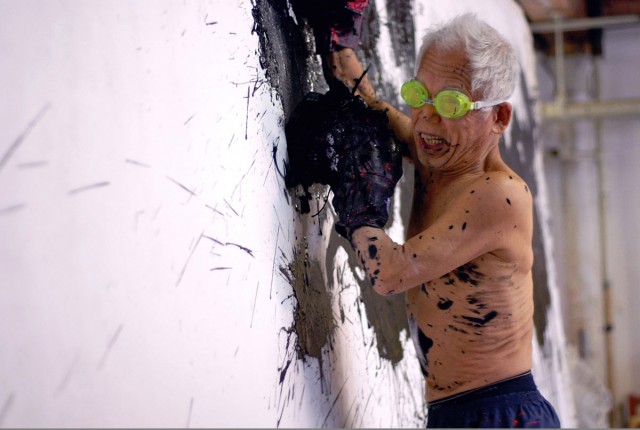
Ushio Shinohara creates one of his action paintings in CUTIE AND THE BOXER
During the course of the too-short eighty-two-minute film — it would have been great to spend even more time with these unique and compelling figures — the audience is introduced to the couple’s forty-year-old son, who has some issues of his own; Guggenheim senior curator of Asian Art Alexandra Munroe, who stops by the studio to consider purchasing one of Ushio’s boxing paintings for the museum; and Chelsea gallery owner Ethan Cohen, who represents Ushio. But things never quite take off for Ushio, who seems to always be right on the cusp of making it. Instead, the couple struggles to pay their rent. One of the funniest, yet somehow tragic, scenes in the film involves Ushio packing up some of his sculptures — forcing them into a suitcase like clothing — and heading back to Japan to try to sell some pieces. Cutie and the Boxer is a special documentary that gets to the heart of the creative process as it applies both to art and love, focusing on two disparate people who have made a strange yet thoroughly charming life for themselves. Cutie and the Boxer is screening November 26 at 8:00 as part of MoMA’s annual series “The Contenders” and will be followed by a discussion with Heinzerling. “The Contenders,” which consists of exemplary films that MoMA believes will stand the test of time and continues with such films as Haifaa Al-Mansour’s Wadjda, Ryan Coogler’s Fruitvale Station, Alexander Payne’s Nebraska, and Richard Linklater’s Before Midnight.

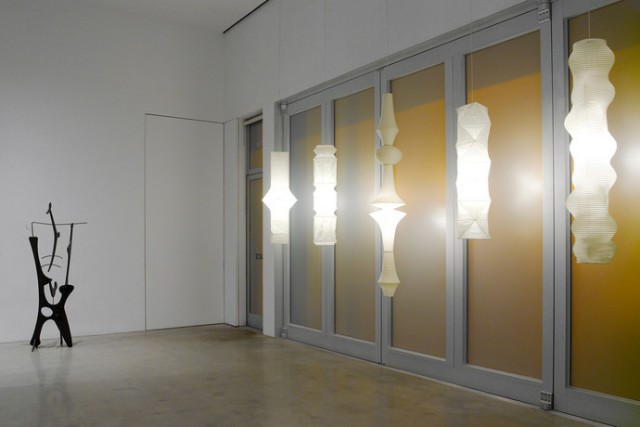

 Zachary Heinzerling’s
Zachary Heinzerling’s 
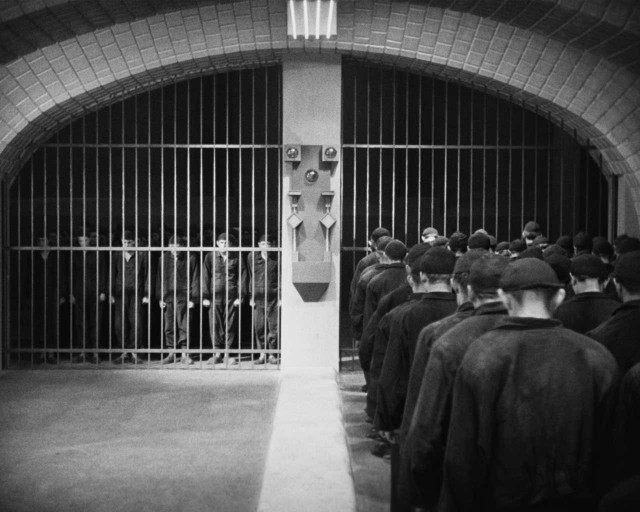
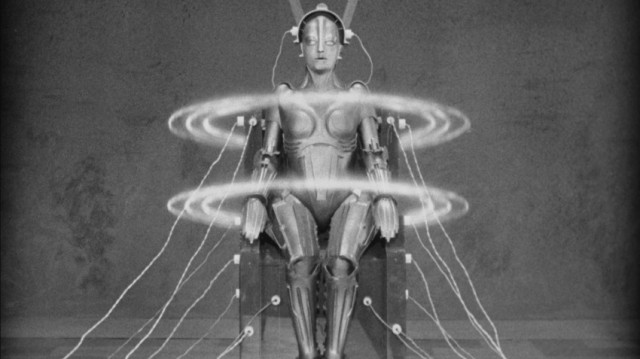
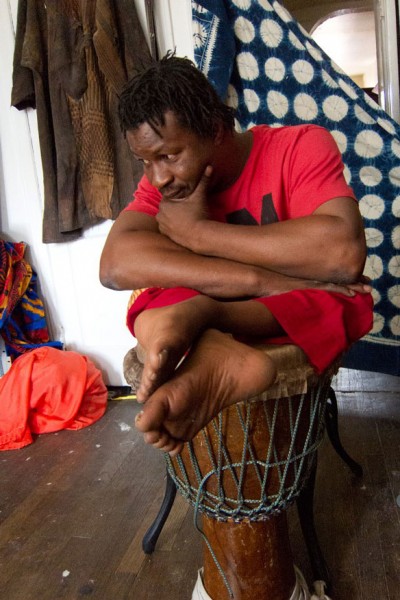
 They don’t come much more inspirational than Sidiki Conde. Born in Guinea in 1961, Sidiki contracted polio when he was fourteen, ultimately losing the use of his lower legs. But he didn’t lose his inner spirit and sense of humor, strengthening his upper body and learning how to walk — and dance — using his hands. Director Alan Govenar (
They don’t come much more inspirational than Sidiki Conde. Born in Guinea in 1961, Sidiki contracted polio when he was fourteen, ultimately losing the use of his lower legs. But he didn’t lose his inner spirit and sense of humor, strengthening his upper body and learning how to walk — and dance — using his hands. Director Alan Govenar (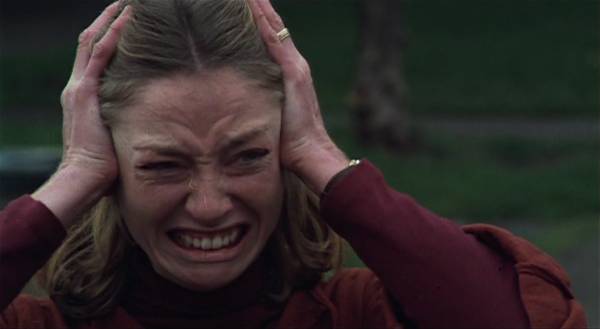
 Based on a magazine serial by Jack Finney, Don Siegel’s 1956 classic, Invasion of the Body Snatchers, was the ultimate thriller about cold war paranoia. Twenty-two years later, in a nation just beginning to come to grips with the failure of the Vietnam War, Philip Kaufman (The Right Stuff, Quills) remade the film, moving the location north to San Francisco from the original’s Los Angeles. When health inspector Matthew Bennell (Donald Sutherland) and lab scientist Elizabeth Driscoll (Brooke Adams) suspect that people, while they sleep, are being replaced by pod replicas, they have a hard time making anyone believe them, especially Dr. David Kibner (Leonary Nimoy), who takes the Freudian route instead. But when Jack and Nancy Bellicec (Jeff Goldblum and Veronica Cartwright) seem to come up with some physical proof, things begin to get far more serious — and much more dangerous. Kaufman’s film is one of the best remakes ever made, paying proper homage to the original while standing up on its own, with an unforgettable ending (as well as an unforgettable dog). It cleverly captures the building selfishness of the late 1970s, which would lead directly into the Reagan era. As an added treat, the film includes a whole bunch of cameos, including Siegel as a taxi driver, Robert Duvall as a priest, and Kevin McCarthy, who starred as Dr. Miles Bennell in the original, still on the run, trying desperately to make someone believe him. The sc-fi thriller, adapted by W. D. Richter (Daniel Mainwaring wrote the 1956 version), is screening as part of the fourth installment of Anthology Film Archives’ “From the Pen of . . .” series, which highlights the work of screenwriters and their original sources, whose work often gets overlooked if it doesn’t win an Oscar. The eleven-day festival also includes such films as John Boorman’s Point Blank, written by Alexander Jacobs based on a Donald Westlake novel; Philip D’Antoni’s The Seven-Ups, written by Jacobs and Albert Reuben, with French Connection and Cruising cop Randy Jurgensen on hand to talk about the movie at the December 1 screening; and John Schlesinger’s Midnight Cowboy, written by Waldo Salt based on the the novel by James Leo Herlihy.
Based on a magazine serial by Jack Finney, Don Siegel’s 1956 classic, Invasion of the Body Snatchers, was the ultimate thriller about cold war paranoia. Twenty-two years later, in a nation just beginning to come to grips with the failure of the Vietnam War, Philip Kaufman (The Right Stuff, Quills) remade the film, moving the location north to San Francisco from the original’s Los Angeles. When health inspector Matthew Bennell (Donald Sutherland) and lab scientist Elizabeth Driscoll (Brooke Adams) suspect that people, while they sleep, are being replaced by pod replicas, they have a hard time making anyone believe them, especially Dr. David Kibner (Leonary Nimoy), who takes the Freudian route instead. But when Jack and Nancy Bellicec (Jeff Goldblum and Veronica Cartwright) seem to come up with some physical proof, things begin to get far more serious — and much more dangerous. Kaufman’s film is one of the best remakes ever made, paying proper homage to the original while standing up on its own, with an unforgettable ending (as well as an unforgettable dog). It cleverly captures the building selfishness of the late 1970s, which would lead directly into the Reagan era. As an added treat, the film includes a whole bunch of cameos, including Siegel as a taxi driver, Robert Duvall as a priest, and Kevin McCarthy, who starred as Dr. Miles Bennell in the original, still on the run, trying desperately to make someone believe him. The sc-fi thriller, adapted by W. D. Richter (Daniel Mainwaring wrote the 1956 version), is screening as part of the fourth installment of Anthology Film Archives’ “From the Pen of . . .” series, which highlights the work of screenwriters and their original sources, whose work often gets overlooked if it doesn’t win an Oscar. The eleven-day festival also includes such films as John Boorman’s Point Blank, written by Alexander Jacobs based on a Donald Westlake novel; Philip D’Antoni’s The Seven-Ups, written by Jacobs and Albert Reuben, with French Connection and Cruising cop Randy Jurgensen on hand to talk about the movie at the December 1 screening; and John Schlesinger’s Midnight Cowboy, written by Waldo Salt based on the the novel by James Leo Herlihy.
 One of two closing-night features of the International Film Festival Manhattan (along with Chris McIntyre’s 21 & a Wake-Up) Susan Seidelman’s Musical Chairs is a predictable, plodding tale that is meant to be a celebration of life but is dragged down by Marty Madden’s ridiculously cliché-riddled script. E. J. Bonilla stars as Armando, a young man who dreams of becoming a ballroom dancer. His mother, Isabel (Priscilla Lopez), wants him to hook up with his childhood friend Rosa (Angelic Zambrana), but he has his heart set on his boss’s (Philip Willingham) girlfriend, Mia (Leah Pipes). After Mia and Armando share a hot dance at the studio where they both work, she is hit by a cab and paralyzed. She is ready to give up on everything, but Armando won’t let her, even trying to convince her to take part in the first-ever New York wheelchair ballroom dance competition. Musical Chairs feels more like an overly simplistic Family Channel movie-of-the-week than a theatrical film, mired down by a continuous stream of inspirational messages about love and life that get tiresome quickly, delivered by cardboard caricatures in telegraphed scenes that couldn’t be more obvious. Seidelman’s career started so promisingly in the 1980s with Smithereens and Desperately Seeking Susan, but her successes have disappointingly been few and far between ever since, and it’s best to just sit out her latest. Musical Chairs will be screening November 15 at 9:00 at the Quad with Jerell Rosales’s short Born to Dance This Way, closing out the IFFM, a week of independent films by and about New Yorkers.
One of two closing-night features of the International Film Festival Manhattan (along with Chris McIntyre’s 21 & a Wake-Up) Susan Seidelman’s Musical Chairs is a predictable, plodding tale that is meant to be a celebration of life but is dragged down by Marty Madden’s ridiculously cliché-riddled script. E. J. Bonilla stars as Armando, a young man who dreams of becoming a ballroom dancer. His mother, Isabel (Priscilla Lopez), wants him to hook up with his childhood friend Rosa (Angelic Zambrana), but he has his heart set on his boss’s (Philip Willingham) girlfriend, Mia (Leah Pipes). After Mia and Armando share a hot dance at the studio where they both work, she is hit by a cab and paralyzed. She is ready to give up on everything, but Armando won’t let her, even trying to convince her to take part in the first-ever New York wheelchair ballroom dance competition. Musical Chairs feels more like an overly simplistic Family Channel movie-of-the-week than a theatrical film, mired down by a continuous stream of inspirational messages about love and life that get tiresome quickly, delivered by cardboard caricatures in telegraphed scenes that couldn’t be more obvious. Seidelman’s career started so promisingly in the 1980s with Smithereens and Desperately Seeking Susan, but her successes have disappointingly been few and far between ever since, and it’s best to just sit out her latest. Musical Chairs will be screening November 15 at 9:00 at the Quad with Jerell Rosales’s short Born to Dance This Way, closing out the IFFM, a week of independent films by and about New Yorkers.